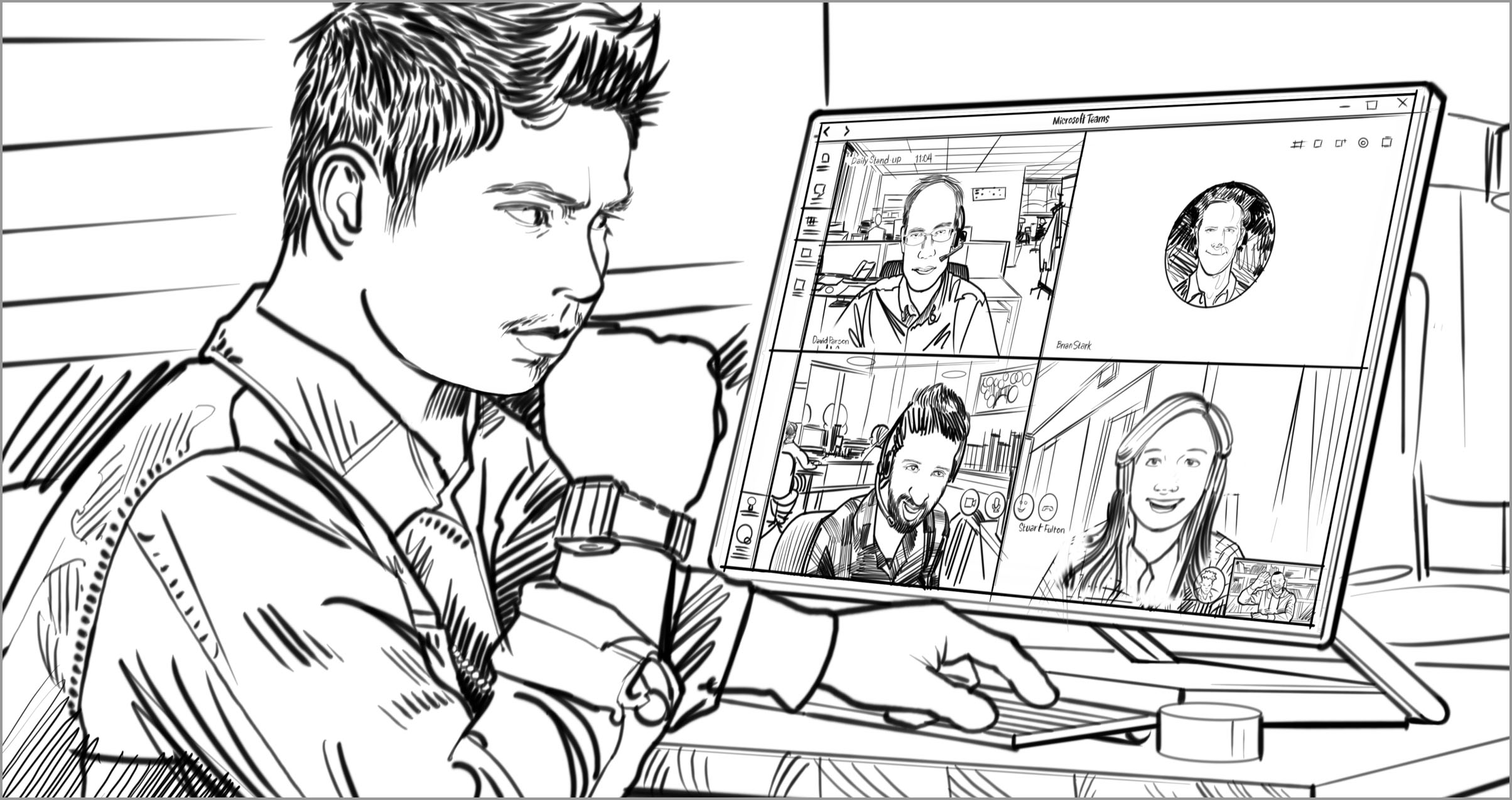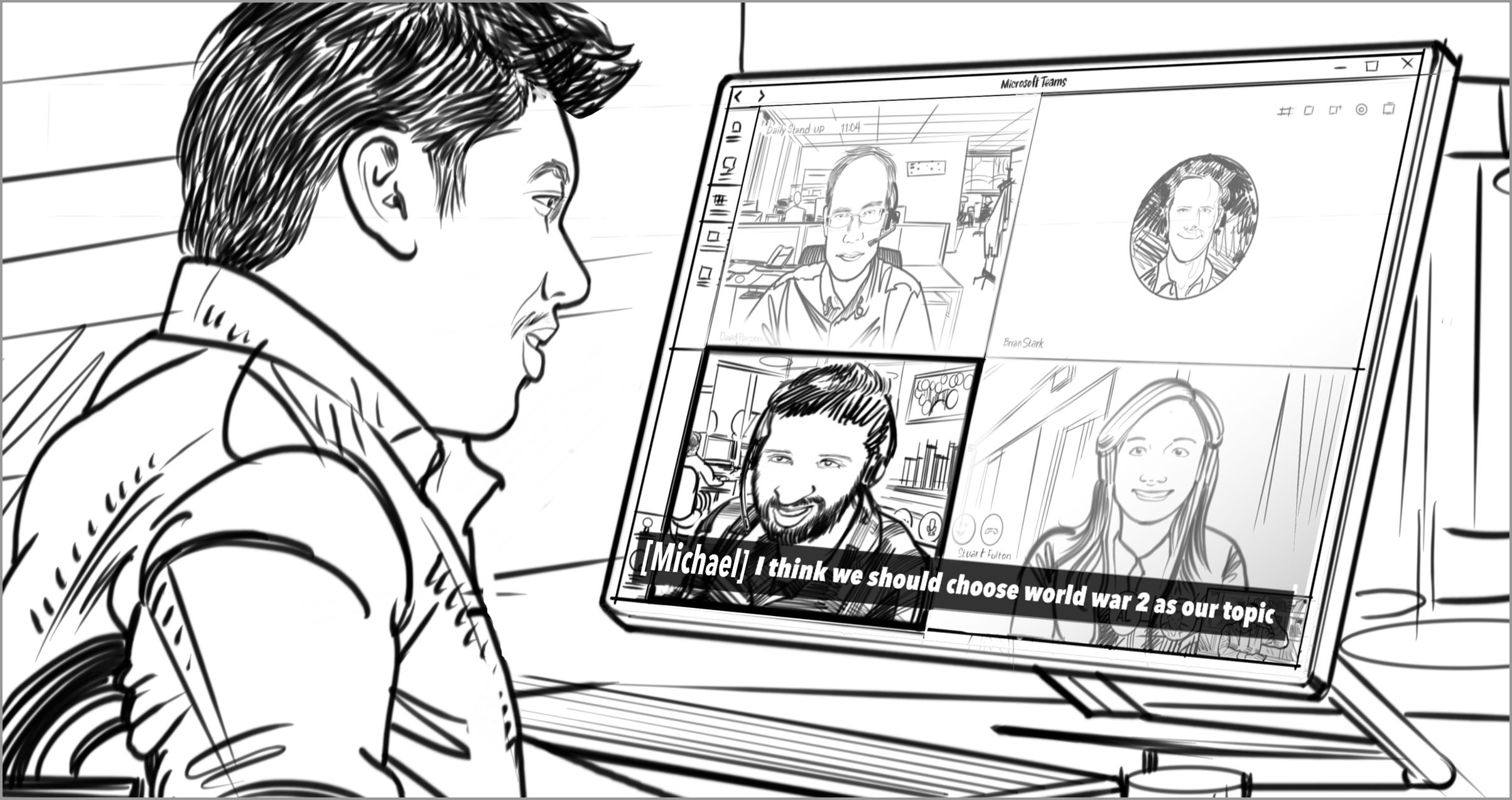Hearing loss (profound)
Nearly complete to complete inability to hear. Hearing aids are not helpful.
People with profound hearing loss are often unable to perceive sound at all. They must use other senses, such as vision or touch, in order to gain information. Users who are deaf are excluded from access to technology when information is relayed only with sound. This can include videos with sound, but no closed captioning and no visual display for status indicators (they only make noise). For example, a video game that only uses sound to indicate where fired shots are coming from. Other examples include public forums like speeches or presentations where alternative options aren't readily available. Technology can enhance the experience of people who are deaf by providing alternate methods of portraying information. These methods can include visual, touch, or even haptic vibrations and feedback.
Hearing loss can be present from birth, or it can happen due to injury, illness, or with age.
Barriers
- Volume as the only means of portraying information (such as when the device makes an error noise, but doesn’t provide a visual or text alert)
- Audio and video that doesn’t contain subtitles or captions (such as conference calls, videos, video game play)
- Experiences that require hearing in order to complete a task (such as conference calls, video game play)
Facilitators
- Alternate methods of interacting with devices that don’t require hearing or voice (such as text chat)
- Captioning or subtitles
- Using text as a means of conveying important information, in addition to sound
- Alternate methods of portraying information (such as visual, tactile, haptic)
Examples

BARRIER—Experiences such as live video calls can exclude a person who can’t hear.

FACILITATOR—Live transcriptions that indicate who said what make video calls more accessible.
The purpose of this reference is to provide concepts people can use to document and discuss aspects of function. Design should happen with people with disabilities. This reference is meant to support that activity, not replace it.